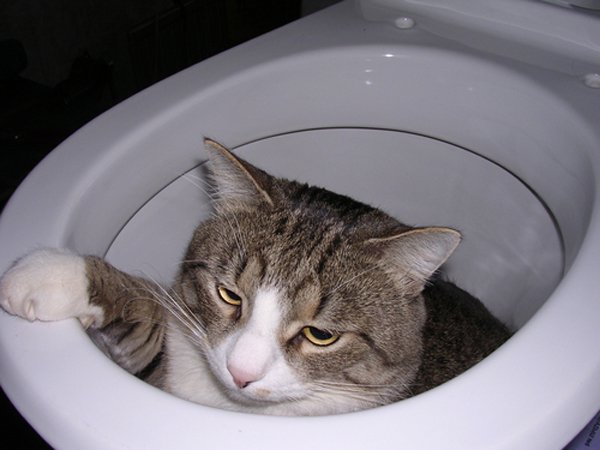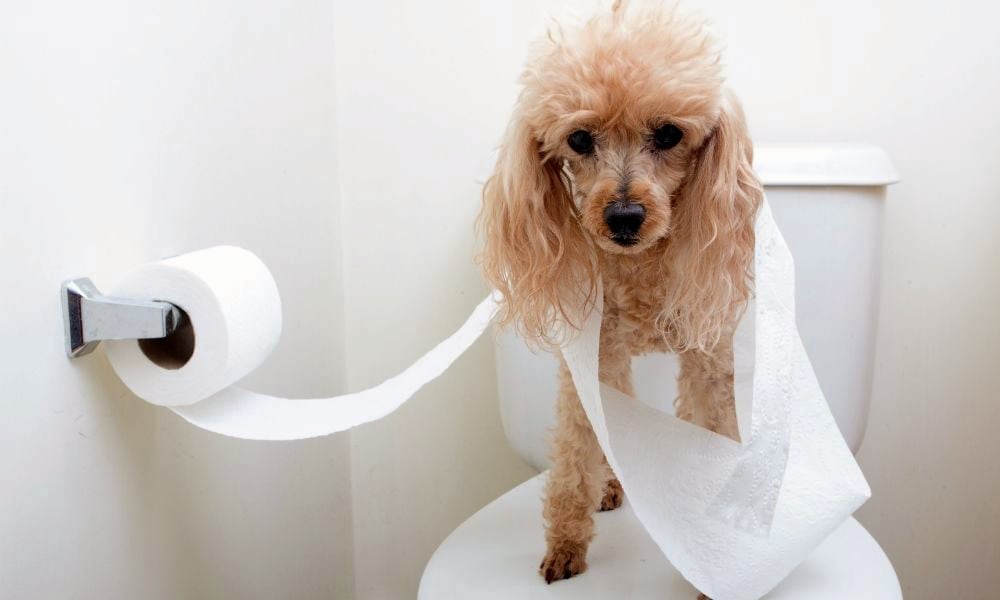Factors Why You Should Never Dispose of Animal Waste Down the Toilet
Factors Why You Should Never Dispose of Animal Waste Down the Toilet
Blog Article
They are making a number of great observations on the subject of Why you should never flush dog poop down the toilet as a whole in this post below.

When it concerns disposing of waste, particularly animal waste, many individuals usually resort to the hassle-free alternative of flushing it down the toilet. Nevertheless, this apparently easy service can have severe effects for the atmosphere and public health. In this post, we'll check out why flushing pet waste down the bathroom is a bad concept and supply different approaches for proper disposal.
Intro
Correct garbage disposal is essential for preserving environmental sustainability and public health. While it might appear harmless to flush animal waste down the toilet, it can lead to various concerns, both for the setting and human wellness.
Dangers of flushing pet waste
Environmental influence
Purging animal waste presents dangerous germs and microorganisms into rivers, which can negatively influence water environments. These pathogens can pollute water sources and damage aquatic life, interfering with delicate ecological communities.
Public health issues
Pet waste contains dangerous germs such as E. coli and Salmonella, which can posture serious health and wellness threats to humans. Purging pet waste down the toilet can pollute water materials, causing the spread of illness and infections.
Alternatives to flushing
Rather than purging pet waste down the commode, there are numerous different disposal methods that are more eco-friendly and hygienic.
Composting
Composting pet waste is an eco-friendly means to take care of it. By composting, organic matter is broken down into nutrient-rich soil, which can be used to feed gardens and plants.
Garbage dump disposal
Throwing away animal waste in a landfill is an additional option. While not as eco-friendly as composting, it is a much safer option to flushing, as it avoids the contamination of water sources.
Family pet waste disposal systems
There are specialized pet waste disposal systems offered that securely and hygienically dispose of pet waste. These systems typically utilize enzymes to break down waste and eliminate smells.
Steps to appropriate pet waste disposal
To make sure correct disposal of animal waste, comply with these actions:
Scooping and landing waste
Frequently scoop and bag pet waste making use of biodegradable bags. This stops waste from infecting the setting.
Making use of marked waste bins
Dispose of bagged animal waste in designated waste bins, such as compost bins or garbage dump bins. Avoid flushing it down the toilet in all prices.
Cleansing litter boxes and animal areas regularly
Frequently clean can and family pet areas to stop the accumulation of waste and bacteria. Use pet-safe cleansing products to keep hygiene.
Benefits of correct disposal techniques
Adopting appropriate disposal methods for pet waste offers a number of advantages:
Decreased environmental pollution
Correct disposal methods lower the danger of environmental pollution, protecting waterways and ecological communities from contamination
Reduced danger of water contamination.
By staying clear of flushing animal waste down the toilet, the risk of water contamination is significantly reduced, guarding check here public health.
Boosted hygiene and health
Correct disposal techniques advertise much better hygiene and health, developing a more secure setting for both human beings and pets.
Verdict
Finally, purging pet waste down the bathroom is dangerous to the atmosphere and public health. By adopting alternative disposal approaches and adhering to appropriate waste management practices, we can minimize the adverse effect of pet waste and add to a cleaner, much healthier world.
What To Do With Dog Poo – The Do's And Don'ts Of Disposing Of Faeces
Dog poo bins
Some councils provide dedicated dog waste bins in popular dog-walking areas that can take dog poo that has been bagged but you can legally dispose of dog waste in any public litter bin, as long as it is securely bagged. This also applies to your wheelie bin at home.
Do not flush
Water companies do not recommend flushing dog faeces down the toilet because certain parasites can survive the water processing treatment and are potentially harmful to humans. You should also never consider flushing dog poo that has been bagged down the toilet as the bags will not break down and instead create severe blockages in the sewage system.
In the woods
The Forestry Commission promotes a ‘stick and flick’ method for dealing with waste in the woods. This means finding a stick and using it to flick any poo from off the path so that it is out of the way of other walkers. You could also bury it as long as it is not in an area where there might be livestock.
Livestock
Parasites found in dog poo can be transmitted to livestock if they inadvertently eat infected faeces that has been left on grazing land. This could result in the death of sheep or abortion in cattle so you should always make sure you pick up your dog’s waste in fields where livestock could be present.

Frequently clean can and family pet areas to stop the accumulation of waste and bacteria. Use pet-safe cleansing products to keep hygiene.
Benefits of correct disposal techniques
Adopting appropriate disposal methods for pet waste offers a number of advantages:
Decreased environmental pollution
Correct disposal methods lower the danger of environmental pollution, protecting waterways and ecological communities from contamination
Reduced danger of water contamination.
By staying clear of flushing animal waste down the toilet, the risk of water contamination is significantly reduced, guarding check here public health.
Boosted hygiene and health
Correct disposal techniques advertise much better hygiene and health, developing a more secure setting for both human beings and pets.
Verdict
Finally, purging pet waste down the bathroom is dangerous to the atmosphere and public health. By adopting alternative disposal approaches and adhering to appropriate waste management practices, we can minimize the adverse effect of pet waste and add to a cleaner, much healthier world.
What To Do With Dog Poo – The Do's And Don'ts Of Disposing Of Faeces
Dog poo bins
Some councils provide dedicated dog waste bins in popular dog-walking areas that can take dog poo that has been bagged but you can legally dispose of dog waste in any public litter bin, as long as it is securely bagged. This also applies to your wheelie bin at home.
Do not flush
Water companies do not recommend flushing dog faeces down the toilet because certain parasites can survive the water processing treatment and are potentially harmful to humans. You should also never consider flushing dog poo that has been bagged down the toilet as the bags will not break down and instead create severe blockages in the sewage system.
In the woods
The Forestry Commission promotes a ‘stick and flick’ method for dealing with waste in the woods. This means finding a stick and using it to flick any poo from off the path so that it is out of the way of other walkers. You could also bury it as long as it is not in an area where there might be livestock.
Livestock
Parasites found in dog poo can be transmitted to livestock if they inadvertently eat infected faeces that has been left on grazing land. This could result in the death of sheep or abortion in cattle so you should always make sure you pick up your dog’s waste in fields where livestock could be present.

As an enthusiastic reader on 4 Reasons Why Dog Poop Cleanup is Important, I figured sharing that chunk was really helpful. Sharing is nice. Who knows, you may be helping someone out. Thanks so much for going through it.
Request A Quote Report this page